Subsequent Product Changes (Hawaii Product Liability Rules) - Accident Lawyer Hawaii

|

|

|

|
Product Liability Lawyer - Accident Attorney Hawaii
Law Office of William H. Lawson |
|
Defective Products - Table of Contents Subsequent Product Changes (Hawaii Product Liability Rules)Products Liability Cases In HawaiiContrary to the general trend of Federal Rule 407, in Hawaii, the Hawaii Rules of Evidence specifically allow the admissibility of subsequent remedial measures to prove dangerous defect in product liability cases. Rule 407 of the Hawaii Rules provides as follows: "When, after an event, measures are taken which, if taken previously, would have made the event less likely to occur, evidence of the subsequent measures is not admissible to prove negligence or culpable conduct in connection with the event. This rule does not require the exclusion of evidence of subsequent measures when offered for another purpose, such as proving dangerous defect in products liability cases, ownership, control, or feasibility of precautionary measures, if controverted, or impeachment." [emphasis added] The commentary to Hawaii Rule 407 provides additional insight as to its meaning. The commentary states: "The rule varies from Fed. R. Evid. 407 in the addition of 'dangerous defect in products liability cases' as one permissible purpose for which remedial measures may be admitted. This codifies the result in Ault v. International Harvester Co., [13 Cal.3d 113, 118-21] 117 Cal. Rptr. 812, 815-16, 528 P.2d 1148, 1151-52 (1974), where the court held that the rule barring evidence of subsequent repairs should not apply in a products liability case. The Ault court reasoned as follows: "While [the traditional rule] may fulfill this anti-deterrent function [of encouraging, or at least not discouraging, the making of repairs by defendants] in the typical negligence action, the provision plays no comparable role in the products liability field... "The contemporary corporate mass producer of goods, the normal products liability defendant, manufactures tens of thousands of units of goods; it is manifestly unrealistic to suggest that such a producer will forego making improvements in its product, and risk unnumerable additional lawsuits and the attendant adverse effect upon its public image simply because evidence of adoption of such improvement may be admitted in an action founded on strict liability for recovery on an injury that preceded the improvement... In short, the purpose of [the traditional rule] is not applicable to a strict liability case and hence its exclusionary rule should not be gratuitously extended to that field. "In Hawaii, under Stewart v. Budget Rent-a-Car Corp., 52 H. 71, 75, 470 P.2d 240, 243 (1970), a manufacturer, seller, or lessor is strictly liable in products liability cases provided there is proof of 'a defective product which is dangerous to the user or consumer or to his property.' Evidence of subsequent remedial measures is admissible under this rule to prove such a defect." The Hawaii Supreme court has specifically found that evidence of subsequent remedial measures, is admissible when offered in a product liability case in substantiation of the presence of a dangerous defect in a product. American Broad. Cos. v. Kenai Air of Hawaii, Inc., 67 Haw. 219, 229, 686 P.2d 1, 7-8 (1984). Hence, Hawaii Rules of Evidence and Hawaii case law hold that subsequent remedial measures are admissible to prove dangerous defect in product liability cases under the Hawaii Rules of Civil Procedure.
SUBSEQUENT PRODUCT CHANGES (FEDERAL RULES IN HAWAII) Rule 407 of the Federal Rules of Evidence appears on its face to exclude evidence of subsequent remedial measures in order to prove a defect in a products design or a need for warning or instruction. F.R.C.P. Rule 407. However, under the Federal Rules, certain exceptions apply. The prohibition against admitting evidence of subsequent remedial measures does not apply to measures taken by non-defendants. See, Mehojah v. Drummond, applies only to a defendant's remedial measures and does not apply to subsequent remedial measures by non-defendants); Pau v. Yosemite Park & Curry Co., 928 F.2d 880, 888 (9th Cir. 1991) (explaining that the purpose of Rule 407 is to encourage potential defendants to remedy hazardous conditions without fear that their actions will be used as evidence against them, and therefore, Rule 407 applies only to actions of actual defendants); TLT- Babcock, Inc. v. Emerson Elec. Co., 33 F.3d 397, 400 (4th Cir. 1994) (holding that evidence of subsequent remedial measures by non-defendants is admissible because such admission will not inhibit non-defendants from taking remedial measures). Similarly, in the absence of an admission that specific changes in a component would have been feasible prior to a plaintiff's accident, evidence pertaining to subsequent changes in the components made by the manufacturer is admissible for the limited purposes of showing that it would have been feasible and practicable to incorporate the changes before the accident. Boeing Airplane Co. v. Brown, 291 F.2d 310 (9th Cir. 1961). It should also be noted that the rule against admission of subsequent remedial measures does not apply to claims for breach of warranty. See, Bandstra v. International Harvester Co., 367 N.W.2d 282 (Iowa 1985); R.W. Murray Co. v. Shatterproof Glass Corp., 758 F.2d 266 (8th Cir. 1985); Seaside Resorts, Inc. v. Club Car, Inc., 308 S.C. 47, 416 S.E.2d 655, (S.C.App. 1992) [applying N.C. law]. In the case of Pau v. Yosemite Park and Curry Co., supra, 928 F.2d at 887-88, the Ninth Circuit explained that Federal Rule of Evidence 407 applies only to an actual defendant's subsequent remedial measures. In that case because the National Park Service was not a defendant, the addition of a sign by the National Park Service at an intersection under the control of a defendant was admissible under rule 407. Id. at 887. Accord, Mehojah v. Drummond, supra, and TLT-Babcock, Inv. V. Emerson Electric Co., supra. In the absence of an admission that specific changes in a component would have been feasible prior to a plaintiff's accident, evidence pertaining to subsequent changes in the components made by the manufacturer is admissible for the limited purposes of showing that it would have been feasible and practicable to incorporate the changes before the accident. Boeing Airplane Co. v. Brown, 291 F.2d 310 (9th Cir. 1961). The Federal Rules and the Federal Courts have specifically addressed the issue of whether or not subsequent remedial measures are admissible in Federal cases when tried to a jury on a diversity claim involving State causes of action. This has lead to a split of authority. In many such cases, the Federal Courts have the opportunity to extend comity to the laws of the State in which they are seated and to provide that the State evidentiary rule controls. In others, they have applied the Federal rule as a matter of "procedure" rather than "substance". As stated in Section 407.5, Subsequent Remedial Measures - part of the commentary to Federal Rule 407 found in Moore's Federal Rules Pamphlet 2004 (Part 2), Federal Rules of Evidence by James W. Moore and G. Richard Poehner [Matthew Bender 2004]: "The public policy support for the exclusion of evidence of subsequent remedial measures may lead to the applicability of state, rather than federal, evidentiary rules respecting matters as to which state law provides the rule of decision. Thus, if state law controls the determination of a products liability suit founded on principles of strict liability and provides that evidence of subsequent remedial measures is admissible on the issue of liability, the state evidentiary rule is applicable, rather than Rule 407's exclusionary rule. See, e.g., Moe v. Avions Marcel Dassault-Breguet Aviation, 727 F.2d 917, 932 (10th Cir. 1984) ('the purpose of Rule 407 is not to seek the truth or to expedite trial proceedings; rather, in our view, it is one designed to promote state policy in a substantive law area.'); Garcia v. Fleetwood Enters, Inc., 200 F.Supp.2d 1302, 1305 (D.N.M. 2002) (New Mexico law concerning admissibility of evidence of subsequent remedial measures governs in products liability suit)." The 10th Circuit Court of Appeals in Moe v. Avions Marcel Dassault-Breguet Aviation, 727 F.2d 917 (10th Cir. 1984) found that when a conflict arises between a State rule and a Federal Rule governing subsequent remedial measures, the State rule controls. The Court based its decision upon a finding that the underlying cause of action, with its attendant elements and requirements of proof, is governed by State law. "It is our view that when state courts have interpreted Rule 407 or its equivalent state counterpart, the question whether subsequent remedial measures are excluded from evidence is a matter of state policy. See, Rexrode v. American Laundry Press Co., supra. The purpose of Rule 407 is not to seek the truth or to expedite trial proceedings; rather, in our view, it is one designed to promote state policy in a substantive law area. See, comments of Professor Schwartz, Vol. 2, Weinstein's Evidence, Rule 407, 407-1, 2 (1982). For example, the State of Maine has adopted a rule of evidence which repudiates the rule of exclusion with regard to subsequent remedial repairs. This creates a conflict between Rule 407 and the Maine rule. We hold that when such conflicts arise, because Rule 407 is based primarily on policy considerations rather than relevancy or truth seeking, the state rule controls because (a) there is no federal products liability law, (b) the elements and proof of a products liability action are governed by the law of the state where the injury occurred and these may, and do, for policy reasons, vary from state to state, and (c) an announced state rule in variance with Rule 407 is so closely tied to the substantive law to which it relates (product liability) that it must be applied in a diversity action in order to effect uniformity and to prevent form shopping. Rexrode v. American Laundry Press Co., supra. We are not unmindful of the rule laid down in Hanna v. Plummer, 380 U.S. 460, 85 S.Ct. 1136, 14 L.Ed.2d 8 (1965), that where the federal and state rules both govern the issue in dispute and are in direct conflict, the federal rule applies in a diversity based case if the federal rule is arguably procedural in nature. However, we observe that while the sufficiency of the evidence is tested against the federal standard in a diversity case, Hidalgo Properties, Inc. v. Wachovia Mortgage Co., 617 F.2d 196, 198 (10th Cir. 1980), the underlying cause of action, with its attendant elements and requirement of proof in a diversity case, is governed by state law. Safeway Stores v. Fannan, 308 F.2d 94, 97 (9th Cir. 1962). The ground for exclusion of remedial measures under Rule 407 rests on the social policy of encouraging people to take steps in furtherance of safety. The decision is necessarily a state policy matter. Product liability is not a federal cause of action but, rather, a state cause of action with varying degrees of proof and exclusion from state to state. If a state has not announced controlling rules, such as New Mexico, (Herndon, supra) the federal district court, sitting as a state court in a product liability diversity case, must determine whether Rule 407 applies. Where the state law is expressed in product liability cases, these expressions control the application of Rule 407. Erie R. Co. v. Tompkins, 304 U.S. 64, 58 S.Ct. 817, 82 L.Ed. 1188 (1938). If the law of the state supplies the rule of decision, there is no justification for reliance on Rule 407. We recognize that, by its terms, Rule 407, when read in conjunction with Rules 401 and 402, does appear to apply in these cases. However, such a result is an unwarranted incursion into the Erie doctrine. Louisell and Mueller, Federal Evidence, Vol. 2, § 166, p. 258. The crux of this conclusion is well stated, as follows: The constitutional meaning of the Erie doctrine seems to be this: The enumerated powers set forth for the Congress in Article II and for the Judiciary in Article III are by implication limited powers, and the notion of limited federal authority is reinforced by the Tenth Amendment. Therefore, the federal judiciary may not 'find' or 'create' general law to resolve controversies merely because they are litigated in federal court. One difficulty in advancing such an argument against the application of Rule 407 lies in the fact that the constitutional boundaries of congressional power, where there are competing state rules, have not been clearly defined .... Although Erie itself holds that there is no federal general common law of torts, nothing in the case suggests Congress could not pass a statute governing the rights of the parties on the very facts of Erie .... Despite the problems noted... there may well be valid constitutional reasons why Rule 407 cannot be applied in cases where state law supplies the rule of decision. Even if Congress could constitutionally enact statutes to govern the rights of parties in a given instance, it does not necessarily follow that the Congress, in codifying the law of evidence, may constitutionally enact a narrow statute governing a single substantive issue in a lawsuit which is otherwise to be resolved by reference to state law.... It is unlikely that the Congress intended, in enacting Rule 407 along with the other rules, to make any incursion whatsoever in the Erie doctrine. [Footnotes omitted]. Louisell and Mueller, Federal Evidence, Vol. 2, § 166, pp. 261-264." 727 F.2d at 932-933 The Court in Garcia v. Fleetwood Enterprises, Inc., 200 F.Supp.2d 1302 (D.N.M., 2002) also found that the admissibility of subsequent remedial measures is a matter of State, not Federal, law in diversity actions. As the Court stated: "[T]he admissibility of subsequent remedial measures is a matter of state, not federal, law. See Moe v. Avions Marcel Dassault-Breguet Aviation, 727 F.2d 917 (1984). As the Moe court noted, '[t]he purpose of Rule 407 is not to seek the truth or to expedite trial proceedings; rather, in our view, it is one designed to promote state policy in a substantive law area.' Id. at 932. Thus, [W]hen state courts have interpreted Rule 407 or its equivalent state counterpart, the question of whether subsequent remedial measures are excluded from evidence is a matter of state policy...." 200 F.Supp.2d at 1303. In our view, this is the preferred result. However, it is noted that some Federal court decisions have gone the other way (exclusion). |
|
Accident Lawyer Hawaii
Law Offices of William H. Lawson
New client hotline:
Pearl City, Aiea and Waipahu:
Main business phone: Products Liability - Cases & Comment Jones Act- maritime law and seaman cases The Constitution Of The State Of Hawaii Recent Personal Injury and Car Accident News
|
|
Awards and Honors 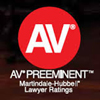 Martindale Hubbell - AV rated lawyer - Best Rating Possible
Martindale Hubbell - AV rated lawyer - Best Rating Possible
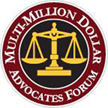 Multi-Million Dollar Advocates Forum
Multi-Million Dollar Advocates Forum
 AVVO Top Rated Personal Injury Attorney, 10 of 10
AVVO Top Rated Personal Injury Attorney, 10 of 10
 ATLA Top 100
ATLA Top 100
 Lawyers.com - Rated 5.0 out of 5.0 - Top Rating Possible
Lawyers.com - Rated 5.0 out of 5.0 - Top Rating Possible
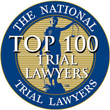 National Trial Lawyers - Top 100 Trial Lawyers
National Trial Lawyers - Top 100 Trial Lawyers
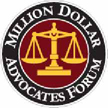 Million Dollar Advocates Forum
Million Dollar Advocates Forum
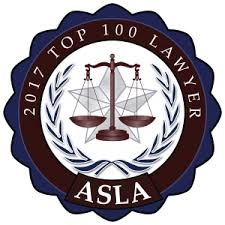 American Society of Legal Advocates - Top 100 - 2017
American Society of Legal Advocates - Top 100 - 2017
 Marquis' Who's Who in the World, Who's Who in America and Who's Who in American Law
Marquis' Who's Who in the World, Who's Who in America and Who's Who in American Law
 AVVO Clients' Choice Personal Injury Lawyer
AVVO Clients' Choice Personal Injury Lawyer
 Expertise - Best Car Accident Lawyers in Honolulu 2019
Expertise - Best Car Accident Lawyers in Honolulu 2019
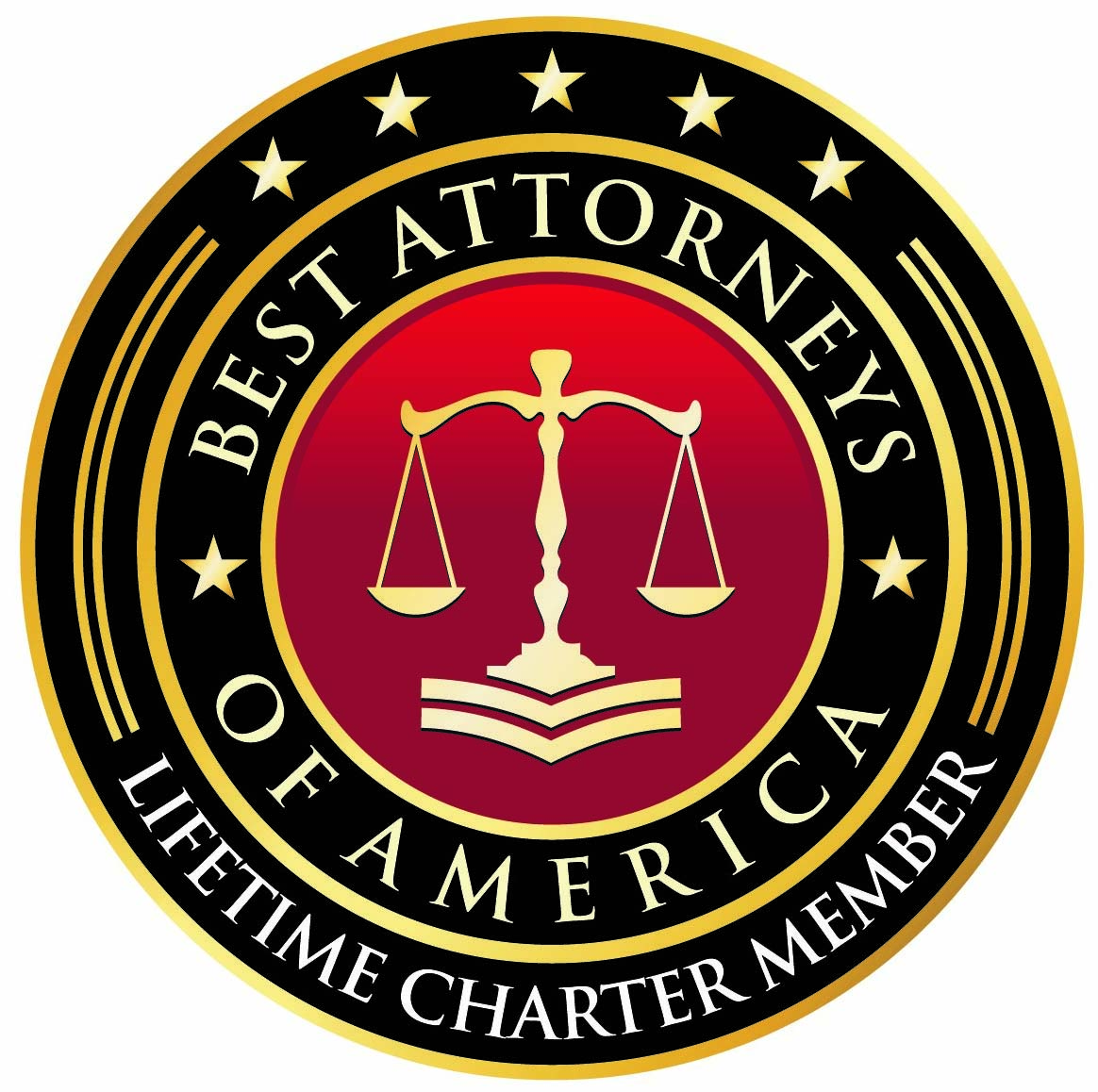 Best Attorneys in America - Life Charter Member
Best Attorneys in America - Life Charter Member
|
|
Click on a box below to choose one of our 4 menus:
There is NO CHARGE for sending your case information to our law firm. The information provided on this website is preliminary and informational ONLY. It is not legal advice. The use of our webpages does not establish an attorney-client relationship. This website is copyright 1999-2020 and the contents of this website are the property of Personal Injury Attorney William H Lawson. The Terms and Conditions of Use for this website and our Privacy Policy are available here for your consideration. All rights reserved. Hawaii Defective Products Liability Attorney LawyerWe thank you for visiting our site! |






